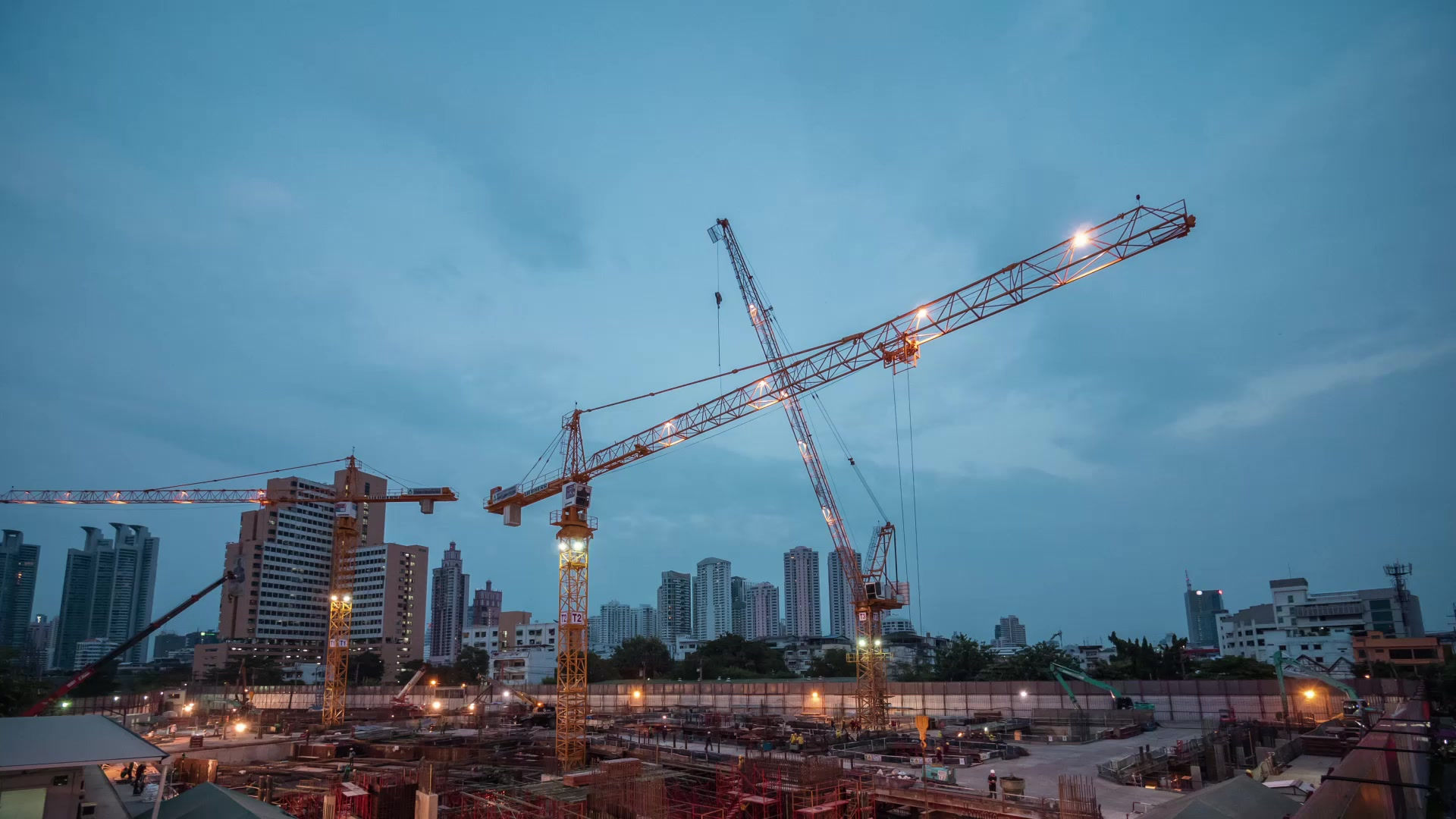
PIPEFITTER
The pipefitter is required to work in the workshop or on site either on new works, modifications of installations, and repair or maintenance operations.
It carries out by pointing and/ or mechanical assembly the manufacture of piping elements intended for the connections of industrial equipment with supplies of liquid or gaseous, explosive or corrosive fluids, at pressures and temperatures more or less high.
It can be led to assemble the elements by fusion of tubes and metal assemblies or senses-assemblies and using many tools: elbows, flanges, valves… He can perform this last step with a team member he will guide: the welder.

DESCRIPTION OF SIGNIFICANT ACTIVITIES
1 /Preparation of piping elements
-
Read the technical file (e.g. constraints of piping (corrosion, temperature, pressure, mechanical forces), materials used, welds, assemblies, regulations, historical interventions, etc.)
-
Safety and environment: organize and secure your work area, identify risks and authorizations (fire permit.) waste management
-
Ensure the installation is documented and follow QHSE guidelines
-
Define the operations to be carried out: make dimensional and geometric surveys (rib sampling)
-
Record the dimensions and measurements on the materials and make the plots
-
Prepare the work: supply your workstation and identify the components of the installation: gather the necessary piping and tools
-
As part of an installation rehabilitation: visual or penetrant inspection of parts
-
Cut or cut the elements and put them to size and shape by folding, manual cold bending on conventional machines or on CNC or, oxycutting.
-
Cutting and adjusting parts, tubes…
-
Prepare tips and edges to be welded, screwed … /…
-
Make intersections by stitching, connect and fix piping lines and accessories (usually done in the workshop and then assembly on site)
2/ Prefabrication and assembly of piping lines
-
Prefabricate pipe sections
-
Assemble and mount piping lines or pipes with appropriate accessories (elbows, flanges, valves), applying techniques such as bolting.
-
Test the tightness of installations after welding by a welder: pressurization and carry out alterations if necessary Check the conformity of the parts made with the technical specifications: Test the installed assemblies (tests of pressure, strength, tightness of the section, the line of the installation and carry out retouching and realignments
-
Carry out or have carried out the regulatory tests of return in service (test test (verification of the pressure, the welding, the sealing
-
Perform 1st level maintenance of your workstation (tools and equipment), check tools and work equipment, maintain order
-
Report on its activity, transmission of instructions, inform the quality media and production monitoring, report hazards, difficulties and complete the technical sheets of intervention: inform the CMMS
-
Make suggestions for improvements (process, work organization, etc.)
RESPONSIBILITIES AND SCOPE FOR ACTION
Reference to expected results:
-
Quality of finishes: no recovery
-
Compliance with execution documents (procedure, DMOS, etc.)
-
Respect of the rules of jointing: no leakage
-
Compliance with safety instructions
Responsibilities and Flexibility:
-
Performs subsets of fluid transport and routing piping from metal tubes and accessories in accordance with the technical file
-
Ensures their installation on site according to safety rules and manufacturing requirements
-
Guarantee of assembly quality meeting the requirements of the technical file in terms of structural, dimensional and geometric quality, sealing of junctions
SPECIFIC SKILLS AND KNOWLEDGE
-
Reading and interpreting plans
-
Reading of isometric (three-dimensional) and orthogonal planes
-
Trigonometry calculation
-
Geometry in space
-
Knowledge of materials and alloys
-
Knowledge of assembly techniques and processes
-
Knowledge of material cutting techniques (torch, chainsaw) and shaping, thermal cutting, bending
-
Use of dimensional measurement tools metrology rules
-
Knowledge of CNC machines
-
Use of power tools (electric saw, sander, alignment instruments, metrology equipment, computer aided tracing (CAT) software
-
Concepts in industrial design: CAD and CAD: drawing, reading and applying
-
Know how to locate a leak: visual inspection, specific penetrant inspection, ultrasound
-
Knowledge and use of production and activity monitoring indicators
-
Know and apply quality standards and safety rules and QHSE
-
Specific skills: Work on low pressure, high pressure, cold, thick and large diameter pipes, on ferrous metal materials (cast iron, steel, etc.) on copper, aluminium, stainless steel and alloys, plastics, composites, etc.
BEHAVIORAL SKILLS
-
Teamwork
-
Precision, rigor and meticulousness
-
Excellent visual acuity
-
Manual skill and dexterity
-
Sense of method
-
Concentration abilities
-
Good vision in space
